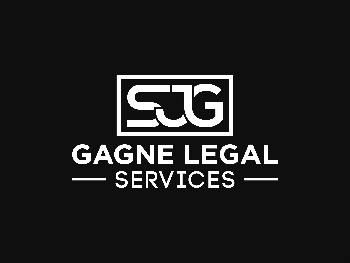[ad_1]
Risks can be classified in many forms.
Fundamental vs Particular
Fundamental risk is a type of risk that affect a large number of people in an economy. Earthquake and war are the examples of those. If it is originated from nature of society, namely act of war and unemployment risk, then it is not insurable. Meanwhile, fundamental risks as a result of physical or natural causes may be insurable.
On the other hand, particular risk is a risk that affect only individual. For instance, fire, robberies and thefts. These risks are all insurable.
Dynamic vs Static
Risks can also be classified by dynamic and static. Dynamic risk occurs due to changes in economy that causes financial loss to certain people. It exists as a result of adjustment to misallocation of resources in the economy. In modern times, one of the clearer examples is the rapid change in information technology industry. Many companies were made victims while others were emerged as new successes.
Static risk, on the other hand, happen even though there are no changes taking place. During market boom or collapse, there are people making losses. These types of losses are due to natural perils like earthquakes, typhoon or moral hazards like cheats. Static risk brings no benefits to the society, only pure losses.
Pure vs Speculative
Risks can also be categorized as pure or speculative. In pure risk, there is either a possible loss or no loss. In contrast, there are possibilities of gain or loss in speculative risk. Pure risk can be insured while speculative risk can’t. However, the pure risk consequences of speculative risk is insurable. For instance, decision to manufacture a brand new product involves speculative risk, either gaining from the product or making losses. So, it is not insurable. But if the factory is burnt down by fire and as a result, cannot supply to the dealers, these losses are considered as a pure risk and therefore insurable.
There are basically 3 types of pure risks that concern an individual
Types of Pure Risks
Personal Risks
They incur losses like loss of income, additional expenses and devaluation of property. There are 4 risk factors affecting this:
1. Premature death. This is death of a breadwinner who leaves behind financial responsibilities.
2. Old age / retirement. The risk of being retired is not sufficient savings to support retirement years.
3. Health crisis. Individual with health problem may face potential loss of income and increase in medical expenditures.
4. Unemployment. Jobless individual may have to live on their savings. If his savings is depleted, the bigger crisis is awaiting.
Property Risks
It means the possibility of damage or loss to the property owned due to some causes. There are two types of losses involved.
1. Direct loss which means financial loss as a result of property damage.
2. Consequential loss which means financial loss due to the happenings of direct loss of the property.
For instance, a shop lot which is burnt down may incur repair costs as the direct loss. The consequential loss is being unable to run the business to generate income.
Liability Risks
A person is legally liable to his wrong doings which cause damages to third party’s body, reputation or property. He can be legally sued and the most horrible thing is there is no maximum in the compensation amount if you are found guilty.
Knowing how the risks are classified and the types of pure risks an individual is exposed to will surely give you a fundamental on the risk topics and prepare yourself to further acquire the knowledge of how to manage risk.
[ad_2]
Source by Jim Torres
